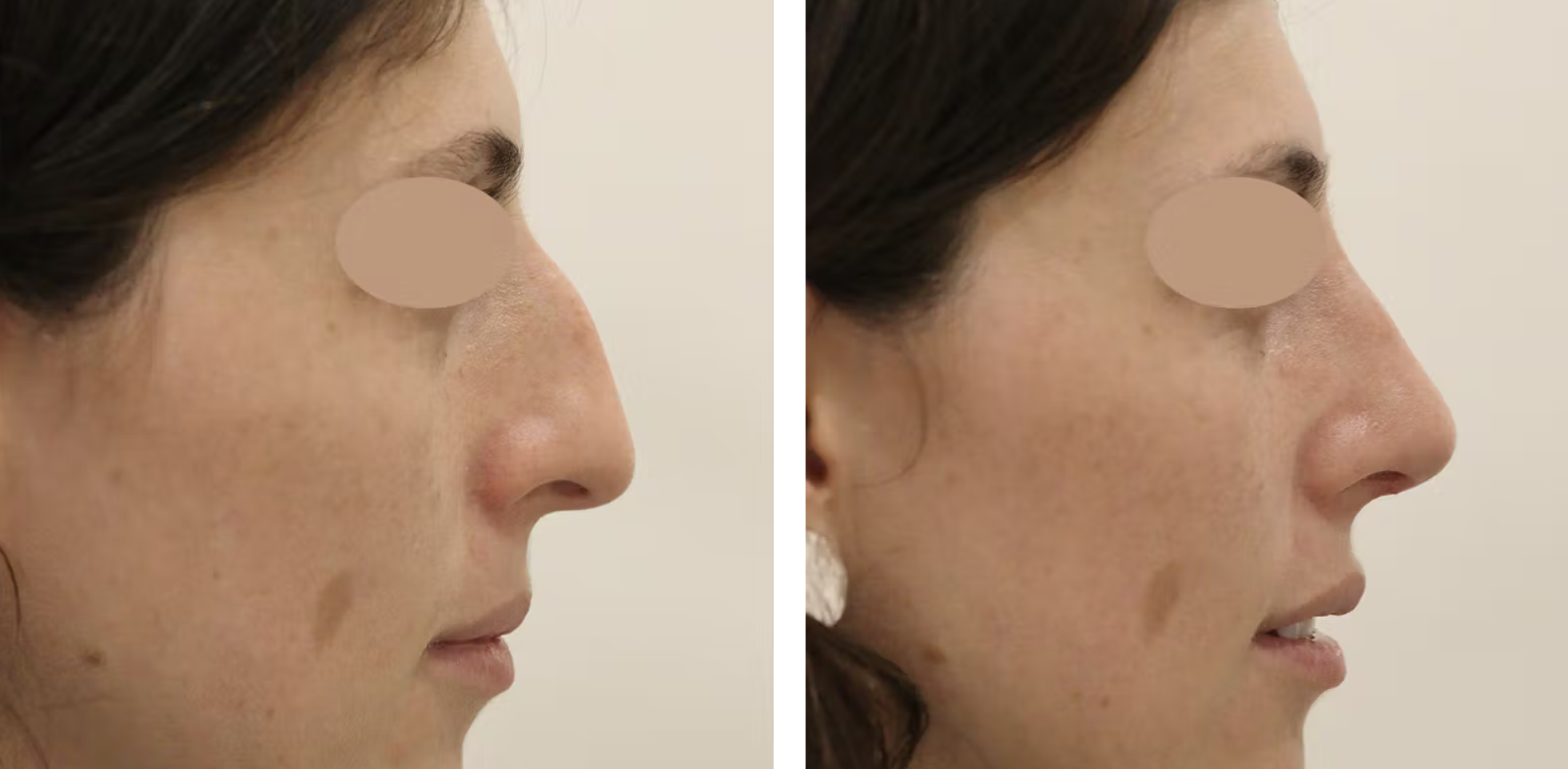
Fitness and Rhinoplasty: What Active Patients Need to Know
For many New Yorkers, fitness is more than a hobby; it’s a lifestyle. From high-intensity workouts to running along the East River or strength training at the gym, staying active is central to well-being. If you’re considering rhinoplasty, you may wonder how surgery will affect your training routine and when it’s safe to return to exercise. At the Klausner Institute, Dr. Lee Ann M. Klausner, an internationally recognized rhinoplasty surgeon in NYC, guides active patients through every step to ensure results that look natural and support long-term health. Here’s how rhinoplasty and fitness can successfully align.
Why Exercise Affects Recovery
Rhinoplasty requires careful healing, and activity directly impacts that process. Exercise influences circulation, swelling, and blood pressure, all critical factors in surgical recovery. Resuming workouts too soon increases risks such as bleeding, prolonged swelling, or shifting delicate nasal structures. By following medical guidance, patients protect both their health and their final results.
A Safe Timeline for Returning to Fitness
Healing rates vary, but most patients can expect these general milestones:
- First 1–2 weeks: Focus solely on rest and light walking. Even minor exertion can disrupt early healing.
- Weeks 2–4: Gentle, low-impact movement such as light yoga or stationary cycling may be permitted if cleared by Dr. Klausner. Sweating and heavy exertion remain off limits.
- Weeks 4–6: Moderate activity can gradually resume, but avoid any movements or sports that risk trauma to the nose.
- After 6 weeks: Many patients return to their full fitness routines, including running and weightlifting, with approval from their surgeon.
Following this progression is essential, as exercising too early can delay healing and compromise results.
Exercise Types That Require Extra Caution
Not all activities carry the same risks during recovery. Patients should be aware of:
- Contact sports: Basketball, martial arts, and soccer should be avoided for several months due to the high risk of nasal injury.
- Swimming: Chlorine and water pressure can irritate healing tissue. Most patients should wait at least 4–6 weeks before returning to the pool.
- Heavy lifting: Intense lifting raises blood pressure and swelling. Reintroduce weights gradually and only under medical clearance.
- Outdoor workouts: Sun and heat may worsen swelling or discoloration. Protective measures like hats and sunscreen are strongly recommended.
By tailoring restrictions to each patient’s lifestyle, Dr. Klausner helps ensure recovery is safe and aligned with individual goals.
Better Breathing for Better Workouts
For fitness enthusiasts, the advantages of rhinoplasty can go beyond appearance. Correcting structural issues such as a deviated septum can improve airflow, making activities like running or high-intensity training more comfortable and efficient. Many athletes notice that functional rhinoplasty enhances both performance and overall endurance.
Take the Next Step With Confidence
If staying active is central to your life and you’re considering rhinoplasty, choosing the right surgeon is essential. At the Klausner Institute, Dr. Klausner, double board-certified in Facial Plastic and Reconstructive Surgery and Otolaryngology, provides advanced expertise with a compassionate approach. Schedule a consultation today to discover how Dr. Klausner can help you achieve natural, balanced results while guiding you safely back to the activities you love.


